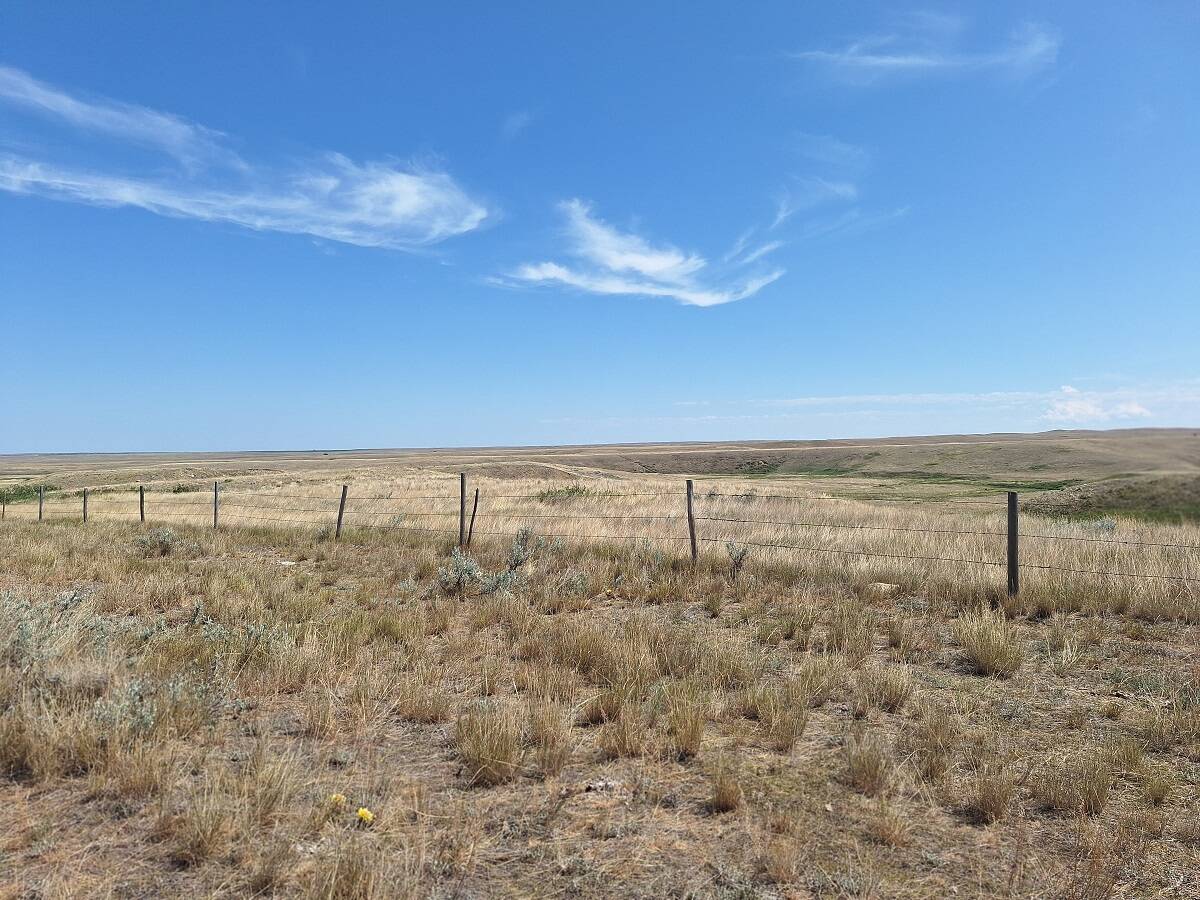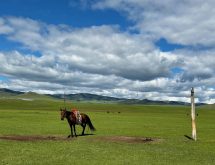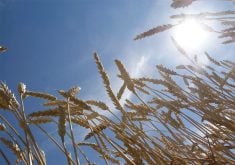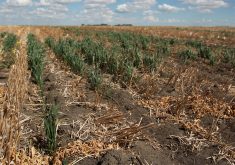It may have been spotty in parts, but forage producers across the Prairies received much-needed rainfall late last month to help ailing hay stands.
How much good it will do remains to be seen, say farmers and other experts.
Calvin Gavelin, a holistic farmer who runs a mixed farm in south-central Saskatchewan, received seven-tenths of an inch of rain over the June 21-22 weekend. However, overall rainfall in the drought-prone Palliser’s Triangle area where he farms remains elusive.
Read Also

Genesis Fertilizers seeks government funding
Genesis Fertilizers is actively seeking funding from government and a strategic partner. The company dispelled a rumour that DL E&C has abandoned the project.
His forage season got off to a bad start due to lack of rain and insufficient subsoil moisture. His perennial forages didn’t even get off the ground. Instead, he may have to lean on his annual forages, which benefited from a surprise shower over the May long weekend.
”It didn’t help the other stuff because it has all gone dormant, but our annuals are our gold star plan if it works,” he says.
“Our snow went in February and then we had two-tenths of moisture in March and April. So all our grass and our hay is basically done, and because the hay is very sparse and about six inches tall, we’re going to manage on litter and carryover.”
Duane Thompson is also a mixed holistic farmer from Kelliher in Saskatchewan’s Parkland region, which is generally considered a good part of the province for moisture.
Although rain has been uncharacteristically sparse in his area this year, a hit of snow last fall melted into his unfrozen soil, replenishing his subsoil moisture. Some marginal spring rain also gave his hay and forage crops a chance to germinate.
Thompson plants about a section of first-year hay every year for haylage. He doesn’t think his new hay is going to do very well in the short term, but some of his older haylage land is looking good, he says.
Alberta received signficant rain over the June 21-22 weekend. Whether it will make a difference to mediocre hay stands is still up for debate.
According to Environment and Climate Change Canada via CTV News, some regions received more than 100 millimetres of rain that weekend, Much of it was focused on the foothills south of Calgary as well as many parts of eastern Alberta.
Rain in the Peace district was spotty, but it wasn’t alone. Grant Lastiwka, a beef producer and forage consultant from the central Alberta town of Innisfail, says patchy rainfall means a grower could have received abundant moisture while their neighbour’s land a few miles away could be dry as a bone.
”When somebody says, ‘I’ve had four inches this year,’ — which we’ve had — you go ahead 10 miles east and they’ve had one inch.”
That said, he called the 68 millimetres of rain that fell on his farm June 21 a “godsend” with the soil absorbing it almost immediately.
Lastiwka has been travelling around the province checking forage conditions in several areas, including Athabasca, Duchess and Oyen.
“In general, what we’re seeing are stressed forages that are lacking moisture and hay crops that are heading out with low yield potential.”
Although Ed Shaw, chair of the Alberta Forage Industry Network (now ARECA), is optimistic the new precipitation will make a difference, the outlook is looking bleak for some areas of the province — particularly in the south — even after the weekend rainfall.
“The hay situation is serious.
“I was talking to a farmer yesterday. He farms about 5,500 acres. He’s got about 500 acres less than normal, which is not great, but he wanted to cut it in case of rain, so he might get a good second cut.”
Others he’s spoken to haven’t been even that lucky. He’s seeing — on average — less than a tonne of forages per acre to half a tonne per acre.
“South (of Edmonton) is roughly dry and then there’s areas down in the south from Medicine Hat to Pincher Creek — some areas that have some moisture but the hay is very short this year.
“Even the irrigated people are saying it’s pretty bleak down there.”
In Manitoba, dairy producers are mostly done their first hay cuts while many beef producers are just getting started, said Cindy Jack, livestock and forage extension specialist with Manitoba Agriculture on June 17.
Alfalfa has so far weathered Manitoba’s dry spring better than the grass thanks to its strong root structure, At the time of Jack’s comments, most alfalfa had entered early bloom and grasses were starting to head out.
She suggested that overall forage growth was being compromised by older stands and fields that did not receive fertilizer.
“(They) generally have lower productivity.”
















